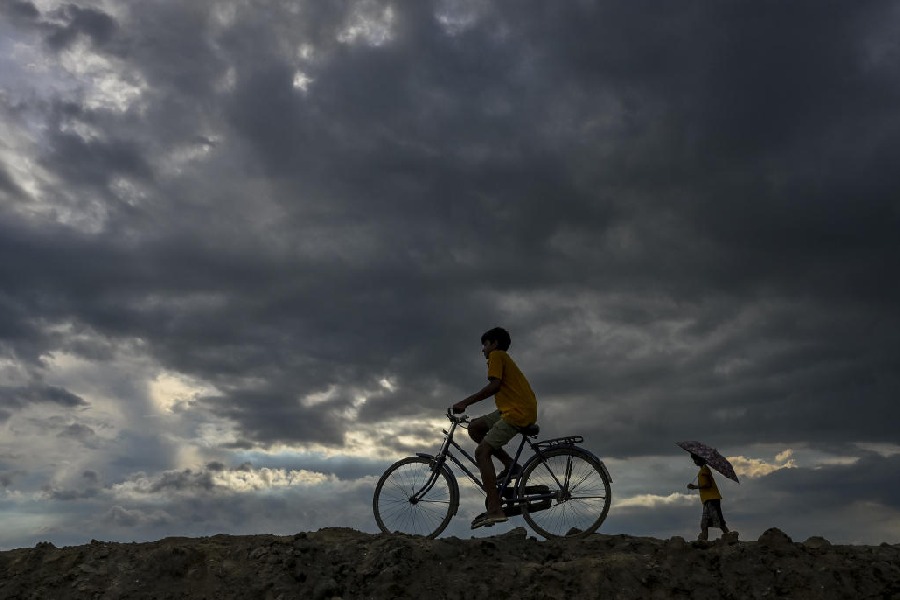
New Delhi: The survival rates for several cancers in India are lower than those in Europe or North America, a study has revealed, reflecting what some doctors believe are long-standing concerns about delayed diagnosis and lack of access to appropriate treatment.
The study, the largest and most up-to-date exercise to analyse global cancer survival trends, has found the highest survival rates for most cancers in Australia, Canada, Finland, Iceland, Norway and the US.
The findings by an international team of researchers suggest that women diagnosed with breast cancer in Australia and the US between 2010 and 2014 had a five-year survival of 90 per cent - in other words, nine of 10 women diagnosed with breast cancer will be alive five years after diagnosis. But the corresponding figure in India is 66 per cent.
Patients with colon cancer in Australia, Israel and Korea had a 70 per cent or higher chance of survival, while the corresponding figures for patients in Canada, the US, Puerto Rico, Costa Rica and Japan were 60 to 69 per cent. But five-year survival among patients with colon cancer was less than 50 per cent in India, Ecuador, Russia and Thailand.
Doctors have long viewed five-year survival as a key measure of the effectiveness of cancer treatment. The researchers caution that low survival in a country should not be interpreted as an indicator of the competence of doctors or health care professionals.
"Population-based survival reflects the overall effectiveness of the health service, which depends on wider issues than the competence of any individual doctor or team," the researchers have said in their study, published on Wednesday in The Lancet, a medical research journal.
The survival rate among women with cancer of the cervix was 70 per cent or higher in Japan, Korea, Denmark, Norway, and Switzerland
It was above 60 per cent in Brazil, Canada, Israel, Singapore and the US, among 29 countries but below 60 per cent in India, Argentina, Kuwait, among other countries.
Lung cancer survival was 32 per cent in Japan and above 20 per cent in 12 countries, Austria, Canada, China, Iceland, Sweden, Switzerland, among them, but less than 10 per cent in Brazil, Bulgaria, India and Thailand.
The study, published in the medical research journal The Lancet, found patients with ovarian cancer in Canada and the US and seven Asian countries, China, Singapore, Israel and Turkey, among them, have a 40 to 49 per cent survival but survival in India is less than 20 per cent.
"This is not surprising - lack of awareness about early symptoms and delayed diagnosis contributes to poor survival rates," said Chinmoy Bose, professor and medical oncologist at the Netaji Subhash Chandra Bose Cancer Research Institute, Calcutta, who was not associated with the study.
But oncologists point out that lack of access to appropriate treatment - either because of costs or other factors - may also lead to low survival.
"Appropriate chemotherapy dosage and treatment strategy is critical in improving survival rates," Bose said.
The global study is based on individual patient records from 322 cancer registries in 71 countries that compared survival for more than 37.5 million adults between 15 and 99 years and children below 15 years between 2010 and 2014.
"Continuous monitoring of global trends in cancer survival is crucial to assess overall effectiveness of health systems worldwide and to help policy-makers plan better strategies for cancer control," Claudia Allemani, a cancer epidemiologist at the London School of Hygiene and Tropical Medicine who led the study, said in a media release issued by the journal.










